Introducing the Selma Civil Rights Walk of Freedom Self Guided GPS APP Audio Tour
If you’re after an affordable, flexible way to explore Selma’s pivotal role in the Civil Rights movement, this self-guided tour might just be your best bet. For only $6.90 per person, you get a tour that lasts around an hour to an hour and 15 minutes, taking you through the streets and historic sites of this remarkable Alabama city. With no fixed timetable, you decide when to start, how long to linger, and which sites to explore more deeply, all guided by your smartphone app.
What we love about this experience is how it combines modern technology with authentic storytelling. The tour’s location-aware audio automatically plays as you approach each site, making it seamless and immersive. Plus, it covers iconic locations like the Edmund Pettus Bridge, Brown Chapel, and the Old Depot Museum, offering a rundown of Selma’s critical civil rights events.
However, it’s worth noting that some users have experienced technical issues or found the surrounding area uninviting. Still, if you’re prepared for some uneven surroundings and want a cost-effective, personalized experience, this tour suits history buffs, those with flexible schedules, or anyone interested in understanding Selma’s essential place in American history.
Key Points
- Flexible schedule: Tour at your own pace, when it suits you.
- Affordable price: Only $6.90 per person for a comprehensive historical experience.
- Location-aware audio: Automatic playback as you approach each site enhances immersion.
- Rich content: Learn about Bloody Sunday, Martin Luther King Jr., and the March to Montgomery.
- Start and end at iconic sites: Begins at the Old Depot Museum and concludes at Brown Chapel.
- Outside-only tour: No entrance fees needed, all content is delivered via your phone.
This experience made our article of The Top 16 Tours In Alabama.
Exploring Selma’s Civil Rights Landmarks
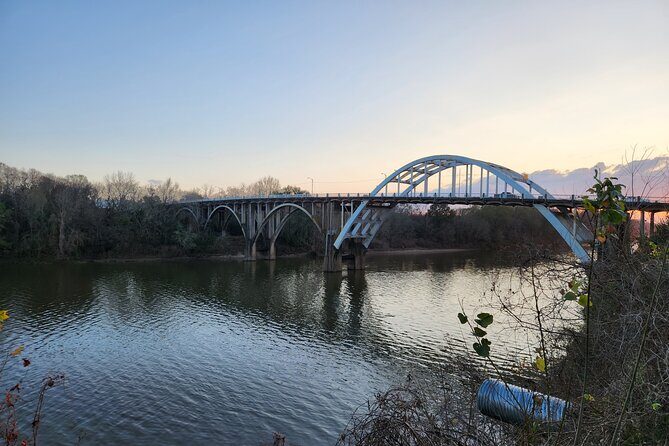
This tour offers a hands-free approach to walking through some of Selma’s most significant civil rights sites. It’s designed to be informative without being overwhelming, perfect for those who want to learn while wandering at their own pace. But what exactly will you see, hear, and experience along this route? Let’s walk through the details.
Starting Point: The Old Depot Museum
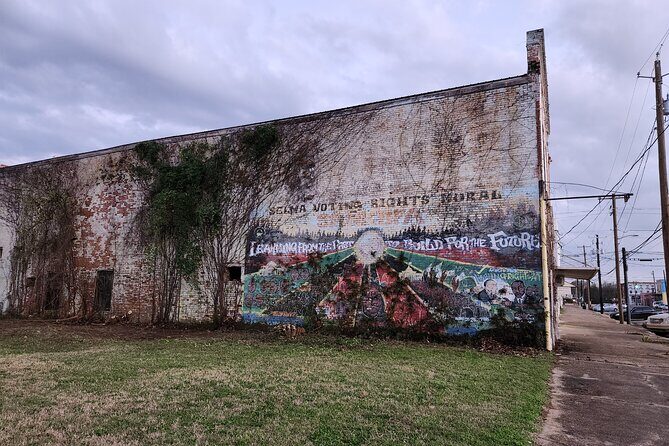
Your journey begins at the Old Depot Museum, a site intimately linked with Selma’s history. Here, the audio introduces you to the building’s past and its connection to the Civil Rights Movement. We appreciated how this initial stop sets the stage, giving context before you step into the streets. It’s a good choice for anyone new to Selma or those wanting a quick refresher on the city’s importance.
From here, the tour guides you geographically and chronologically through Selma, ensuring you grasp the sequence of events that unfolded in this small but mighty city.
Planning more time in Alabama? We've covered other experiences worth considering.
Visiting St. James Church

The first stop outside St. James Church highlights a fascinating story—a church standing resilient, largely due to one man, a former slave. This site encapsulates the enduring strength of the community and the role of faith-based institutions in the Civil Rights movement. The short five-minute stop allows you enough time to absorb the story and appreciate the church’s symbolism.
Some reviewers have noted that seeing buildings like this, still standing today, is a reminder of the hurdles faced and overcome. The tone here is reflective, connecting past struggles with present resilience.
Crossing the Edmund Pettus Bridge
No Selma tour is complete without a visit to the Edmund Pettus Bridge—the very spot where “Bloody Sunday” took place. This 15-minute segment is one of the highlights, as the audio recounts the brutal attack on peaceful marchers and the subsequent Turnaround Tuesday marches. We found that hearing firsthand about the march’s brutality, combined with the visual of the bridge, creates a powerful moment.
The audio also narrates the significance of the march in galvanizing national attention, making this a must-see for anyone interested in civil rights history. Be prepared for an emotional connection as you stand on the bridge, imagining the courage of those who crossed it.
Walking the Streets of Selma
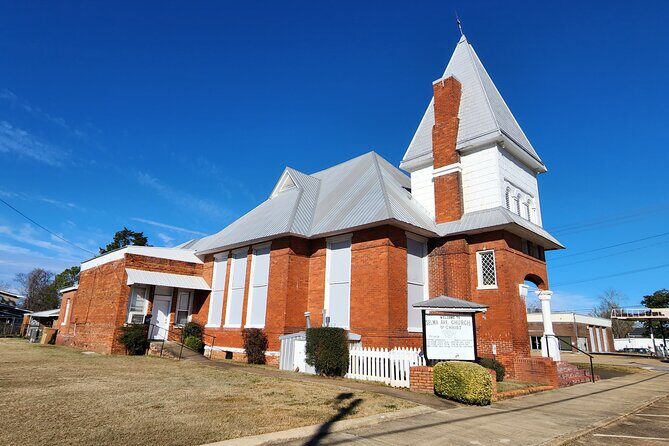
The core of the tour is a 30-minute walk through Selma’s streets, where you’ll see historic buildings, parks, and neighborhoods. The app guides you past key sites, sharing stories about protests, voter registration campaigns, and local leaders. This part offers a balance of self-paced exploration and insightful narration, allowing you to linger or move swiftly, depending on your interest.
Reviewers mention that these streets “tell the story of America,” and you’ll get a sense of the community’s spirit and struggles. It’s a straightforward way to connect the dots between the monuments and the stories that made them famous.
The Historic Church and Key Offices
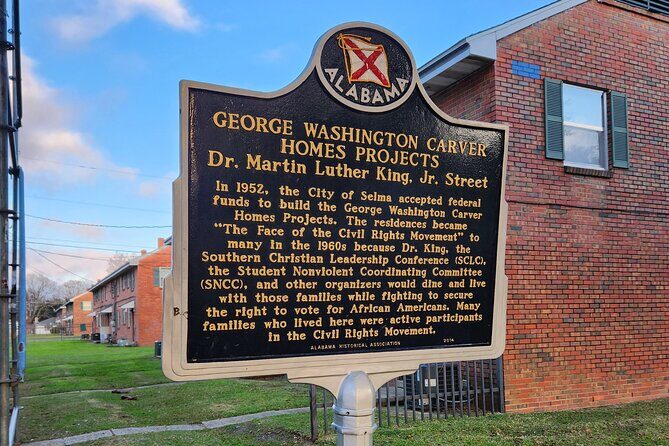
Your tour concludes at Brown Chapel AME Church, a pivotal site where civil rights leaders, including Martin Luther King Jr., planned marches and protests. The 5-minute stop here underscores its importance, and we appreciated how this final stop leaves you with a sense of purpose and accomplishment.
Additional stops outside the Selma Municipal Court—where MLK was jailed—and the Dallas County Courthouse—central to voting rights—further deepen your understanding of the legal and social battles fought here.
- Alabama: 3-Day East Alabama Family Fun Multi-Attraction Pass
- Alabama: Anniston and East Central Multi-Attraction Pass
- Alabama: Gulf Shores/Orange Beach Area Multi-Attraction Pass
- After Dark Fort Morgan Haunted Ghost Investigation
- Muscle Shoals Sound Studio Tour in Sheffield Alabama
- Dothan-Eufaula Area Multi-Attraction Pass
Honoring the Fallen and Remembering Heroes
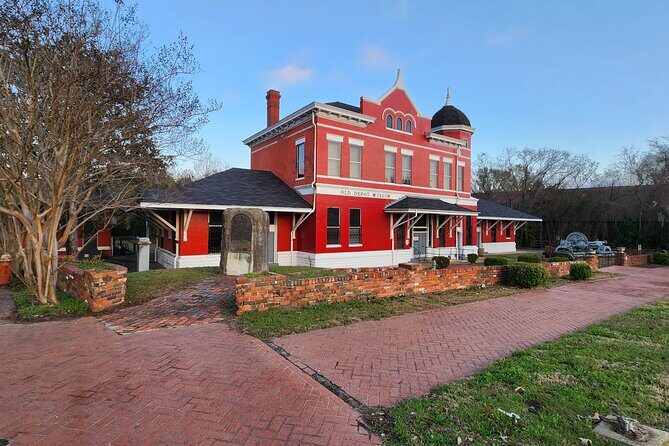
The Rev. James Reeb memorial plaque is another poignant stop, sharing the tragic story of how he came to Selma and was murdered while supporting civil rights. This story resonates with many visitors, illustrating the sacrifices made by activists. Likewise, the story of MLK’s imprisonment and the march’s planning at Brown Chapel remind us that these sites are alive with memories of resilience and advocacy.
Overall Experience and Practical Insights
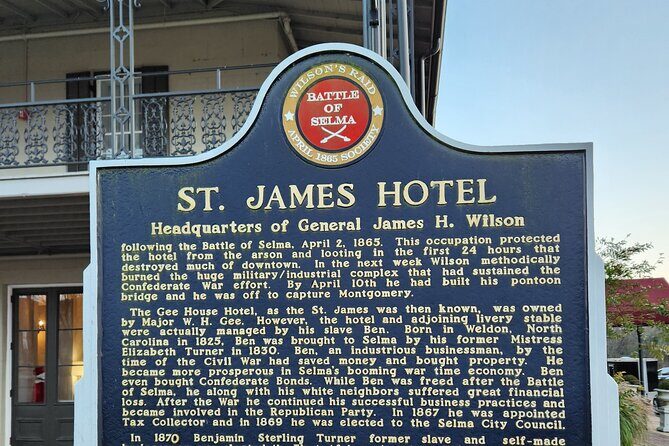
While the tour’s price point is attractive, it’s important to note that it relies solely on outside sites—no tickets or entry fees are required. This keeps costs low but also means you’ll miss interior exhibits or museums that might be closed or not included. The app’s reliability seems generally good, but some users report technical glitches or difficulty in certain areas, so don’t rely exclusively on digital support.
Parking is accessible around the starting point, but the area outside the museum can feel a bit run-down, as some reviews note. We recommend visiting during daylight hours and in larger groups if you want to avoid feeling uneasy.
What about the value? For just under $7, you get an immersive walk through a city that was central to a defining chapter in American history. It’s a cost-effective option for those who prefer doing their sightseeing independently and at a leisurely pace. No food or drinks are included, so plan accordingly if you need a snack along the way.
Who Will Love This Tour?

This experience is perfect for history buffs, educators, or independent travelers interested in civil rights. It’s especially suited to those who enjoy self-guided exploration with storytelling, rather than organized group tours. If you have a flexible schedule or want to combine it with other sightseeing in Alabama, this tour offers a personal, meaningful way to connect with Selma’s past.
However, if you’re sensitive to neighborhood conditions or prefer indoor exhibits, you might find some of the outdoor-only sites less engaging or somewhat challenging.
Final Thoughts
The Selma Civil Rights Walk of Freedom Self Guided GPS Audio Tour offers a thoughtful, affordable, and flexible way to explore a city that played a vital role in shaping American history. It’s a chance to learn at your own pace, with stories that resonate long after you leave.
While it’s not perfect—occasional technical hiccups and the outdoor setting might limit some visitors—it provides rich, authentic insights into the struggles and victories of those who fought for justice. The combination of historic sites, compelling storytelling, and a budget-friendly price makes it an excellent option for curious travelers wanting to understand the American civil rights movement beyond textbooks.
This tour is ideal for independent, respectful explorers who want a personal connection to Selma’s history without the constraints of a scheduled group. If you’re comfortable with some outdoor walking and are eager to learn about America’s civil rights past, this experience will leave you with stories that stick with you long after your visit.
FAQ
Is this tour suitable for all ages?
Yes, it is designed for most travelers, but younger children or those sensitive to emotional stories of violence might find some content intense.
Do I need to download any special app?
You will access the tour through a smartphone app, which is included in the booking. Make sure your device is charged, and consider bringing a portable charger.
Are there any entrance fees or additional costs?
No, all sites visited are outside, and no additional fees are required for entry.
Can I start the tour at any time?
Yes, the tour is available 24/7, and you can begin when it suits you — perfect for flexible planning.
How long does the tour usually take?
Between 1 hour and 1 hour and 15 minutes, depending on how long you spend at each site.
Is the tour physically demanding?
It involves walking through the streets of Selma, so comfortable shoes and moderate stamina are recommended.
What should I bring with me?
A charged smartphone, headphones for better audio, water, and possibly a hat or sunscreen in sunny weather.
What if I experience technical issues?
Support is limited, but the app is generally reliable. If problems occur, try restarting your device or reinstalling the app.
In essence, this self-guided tour provides a meaningful, flexible, and economical way to walk through Selma’s history, making it a worthwhile addition to any Civil Rights trip in Alabama.
More Tours in Alabama
More Tour Reviews in Alabama
More Alabama experiences we've covered
- The 3 Most Popular City Tours In Alabama
- The Top 16 Tours In Alabama
- Madison Wisconsin Bar Crawl: Mad Fun in Madison
- Creative Camden Scavenger Hunt
- Huntsville and North Alabama Multi-Attraction Pass
- Mobile City Multi-Attraction Pass
- Anniston and East Central Alabama Multi-Attraction Pass
- Glow In the Dark Kayaking Experience at OWA
- F.D. Reese Historical Tour
- East Alabama Family Fun Multi-Attraction Pass
- Auburn, Opelika, and Alexander City Multi-Attraction Pass
- Selma Civil Rights Walk of Freedom Self Guided GPS APP Audio Tour
